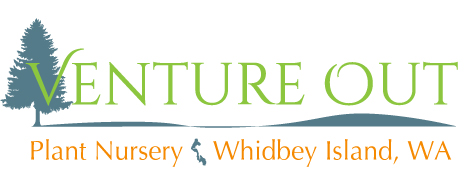Apples for 2025
*Most apples require another apple or crabapple variety to produce fruit. See chart at the end of document for more information.* Anna: Very early blooming, early ripening and very productive. A Golden Delicious type great for fresh eating or cooking. Sweet, spicy, unusual flavor in a beautifully blushed fruit. Considered partially self-fertile but better with […]
